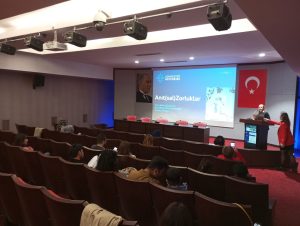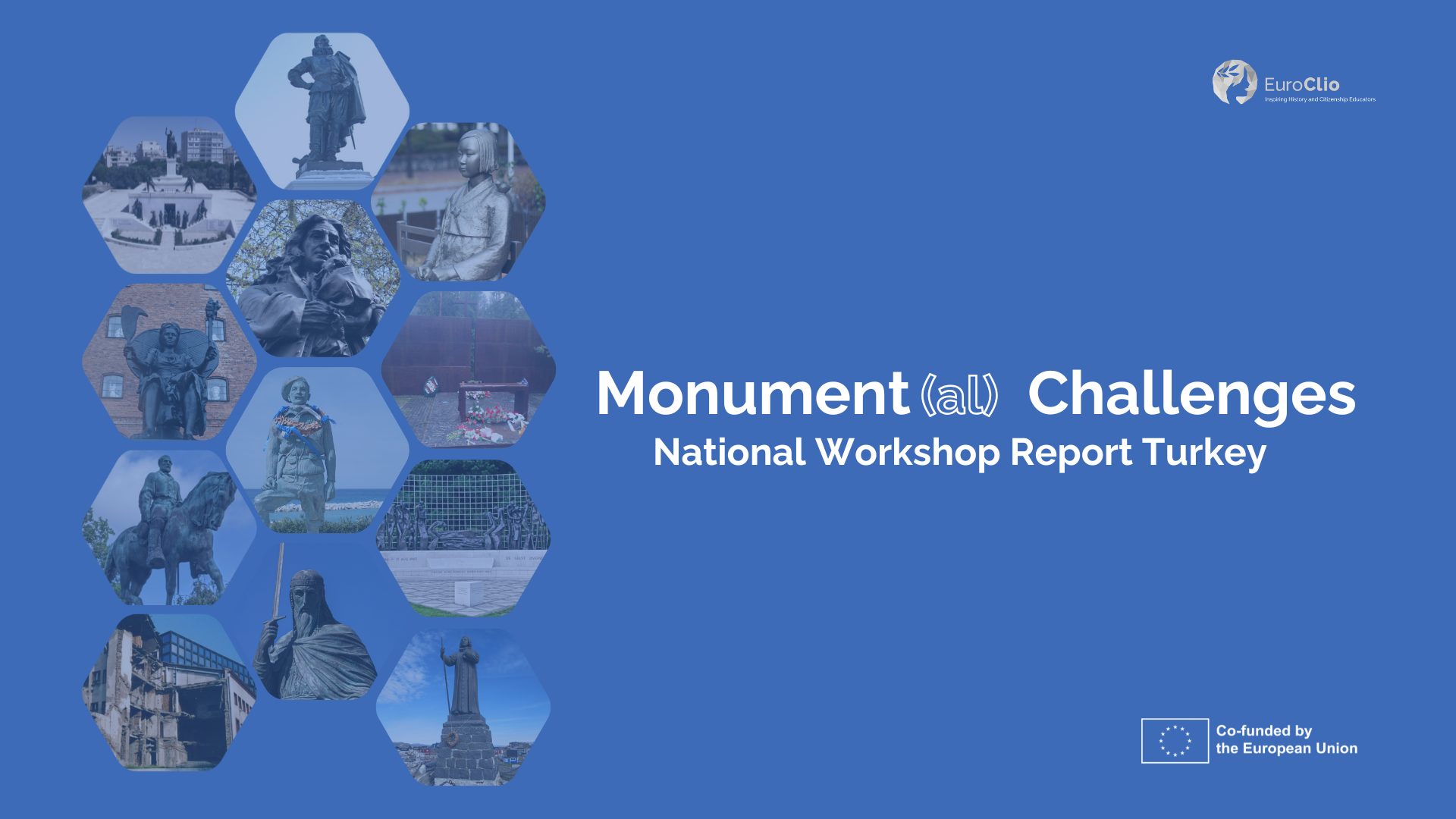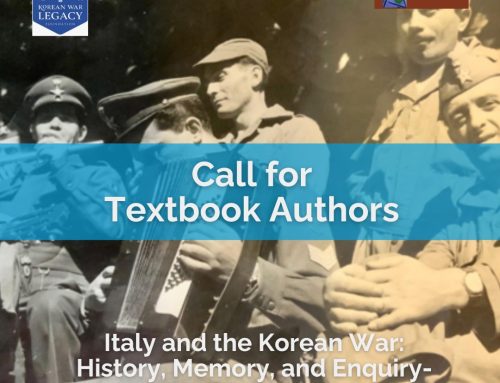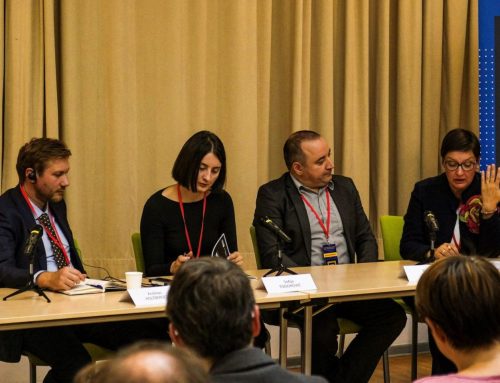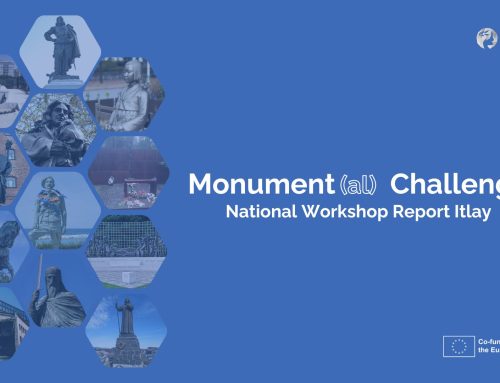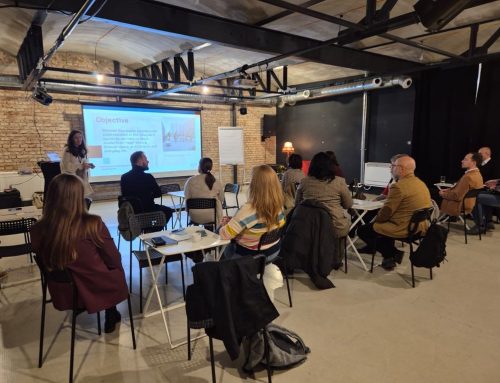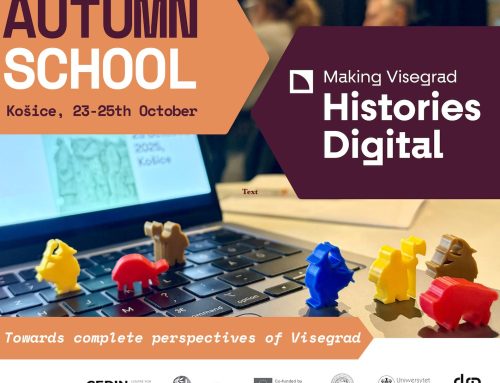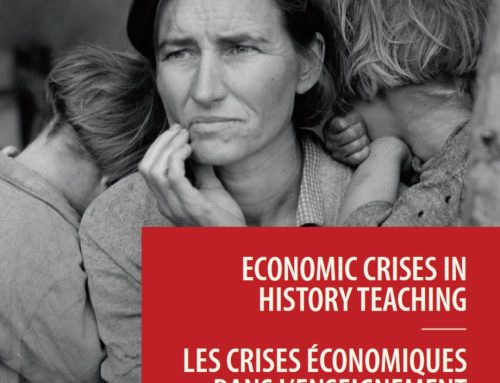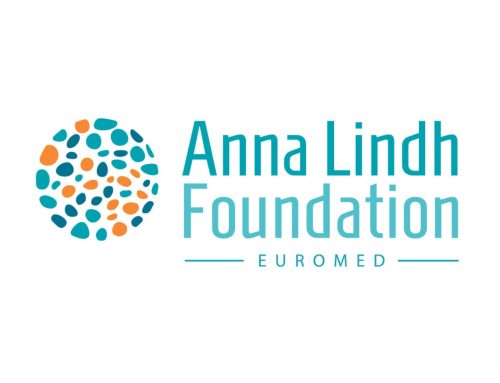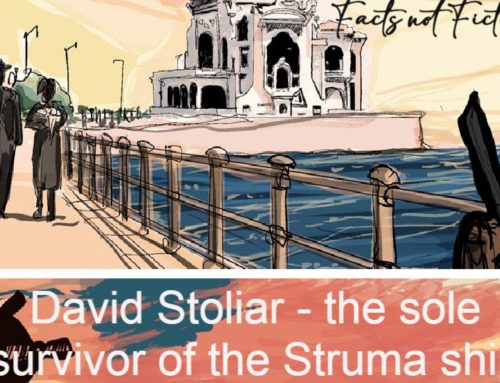On April 29, 2025, a Monumental Challenges National Workshop was held at Gazi University’s Faculty of Education, History Department in Ankara, Türkiye. The workshop brought together 22 participants, including academics, teachers, and teacher trainees specialising in History, Social Science, and Civic Studies.
Morning Session:
Ayse Bilgic introduced the project outline to the participants. We talked about the background of the project partner institutions, special attention given to Eurocilo and its central role in international sectoral cooperation and advancement in history education in Europe and around the world. We also stated the goals, steps, and outcome of the project. Afterwards, we talked about our role and how we participated and have done so through 2024-2025, including receiving face-to-face and online trainings.
In the second presentation, Nihan Erol Şahin made a presentation about project opportunities for Social Study/History teachers, trainees, and educators in the Erasmus program. After the coffee break, Ayşe Bilgiç shared the Monument(al) Challenges Toolkit with the participants, methodological guidance for teachers to deal with contested histories, and introduced lesson plans to the participants, as well as the lesson plan outline.
Afternoon Session:
After lunch, we ask participants to work with us on case studies that we have developed for this workshop. We have organised 2 learning activities and 1 lesson on monuments, naming, and organising public spaces in the name of the public, history, and youth.
The 1st Learning Activity was a warm-up activity: based on choice of trees planted in public beaches in Edremit town, we discusses what and where is the public spaces, who organize and makes decisions about how to use them and whose benefits are sought after and if these decisions are the right ones or making sense for locals.
The 2nd Learning Activity was an Emotional Network and Monument(al) Challenge activity for participants. In the first section, we have used a Public School Wall Plaque, which shows the image of numerous historical figures. We asked participants these questions: what they see, if they feel represented there, what/who is missing, what is right or wrong in the plaque historically. And at the end, we asked participants to make recommendations to the school board to create a new and improved historical plaque for our school.
After the last coffee break, we organised the last part of our workshop. We used our lesson plan, which we developed for this activity: Monument(al) Challenges: Based on a Stadium Name, History, Identity and Memory. Saraçoğlu was a Turkish statesman who was a leading figure from the early Republican era. His name is given to a Stadium in İstanbul by Fenerbahçe SC in 1998. His bust was erected in his town, Odemiş, as well. We organised four groups. Each group discussed Saracoğlu’s various ideas, works, actions, and legacy in politics, law, sports, etc. Later, participants were asked to decide if his name in the stadium, his bust in his hometown, and his name in the capital Ankara’s neighbourhood shall be kept. They asked to give answers according to the timeline in the 1920s, 1940s, and 2000s.
